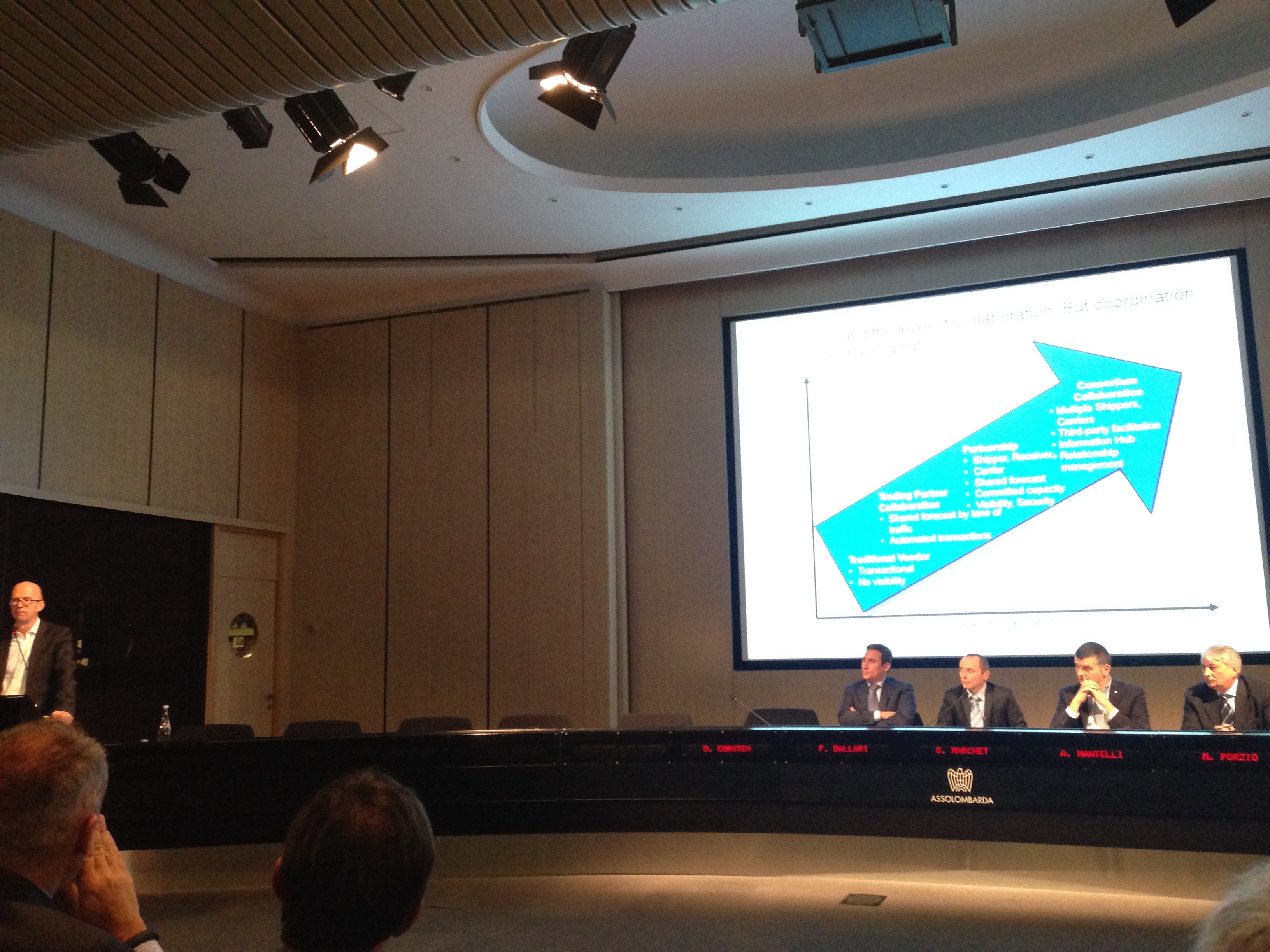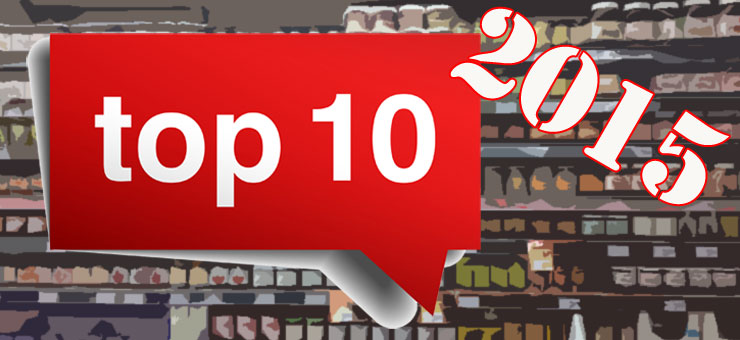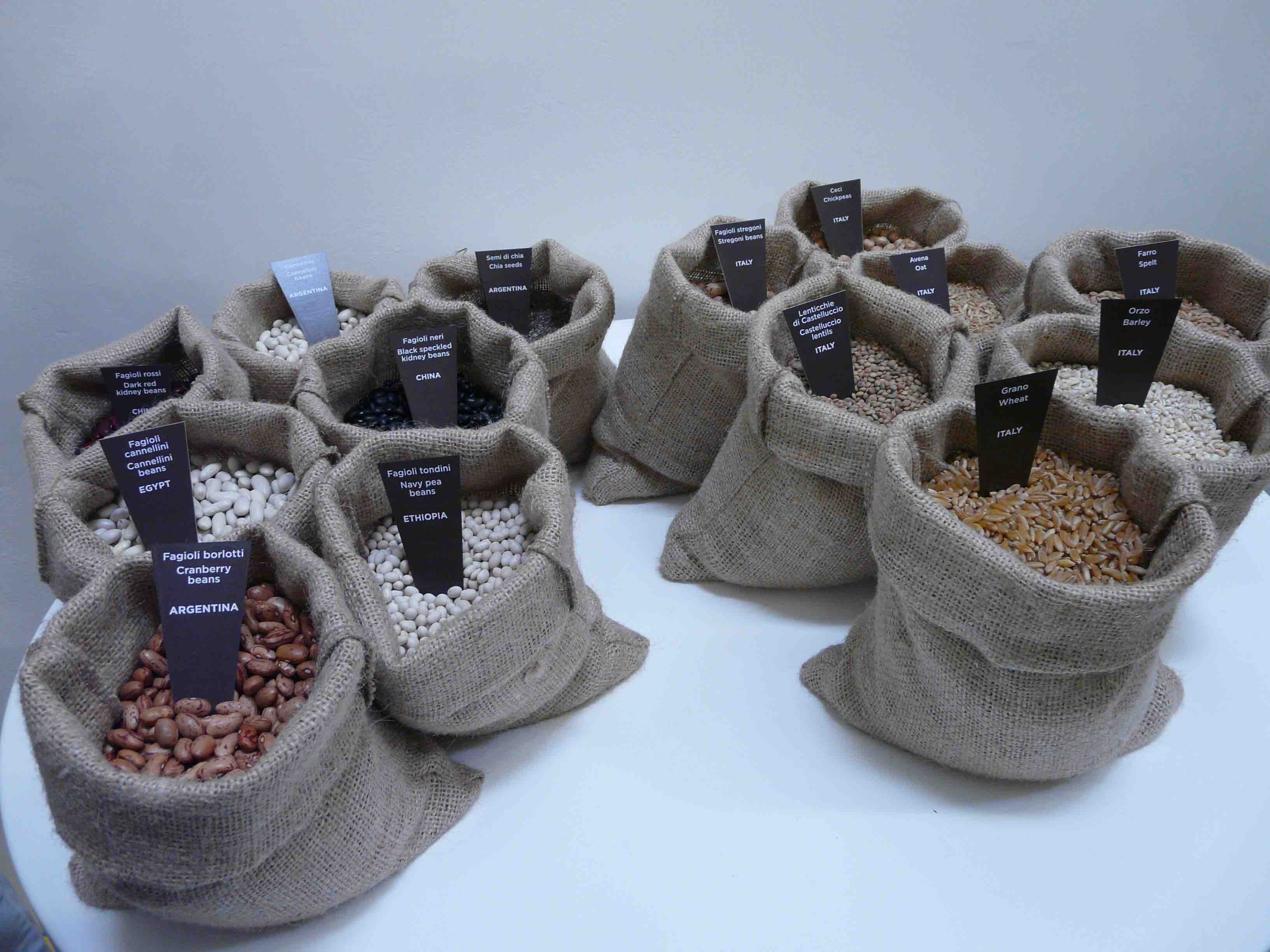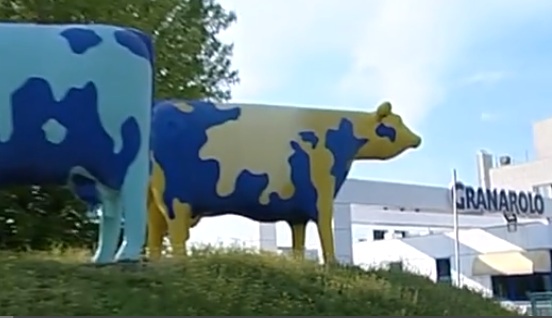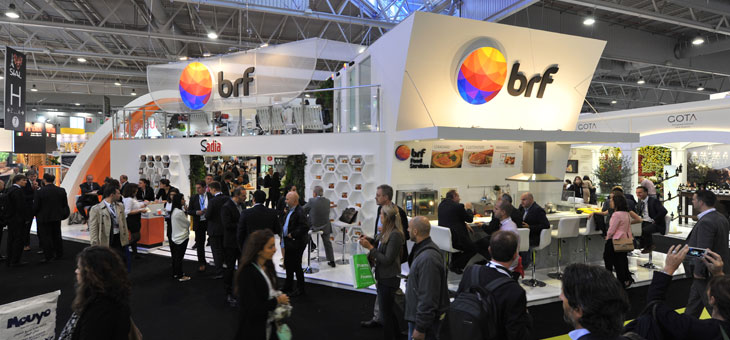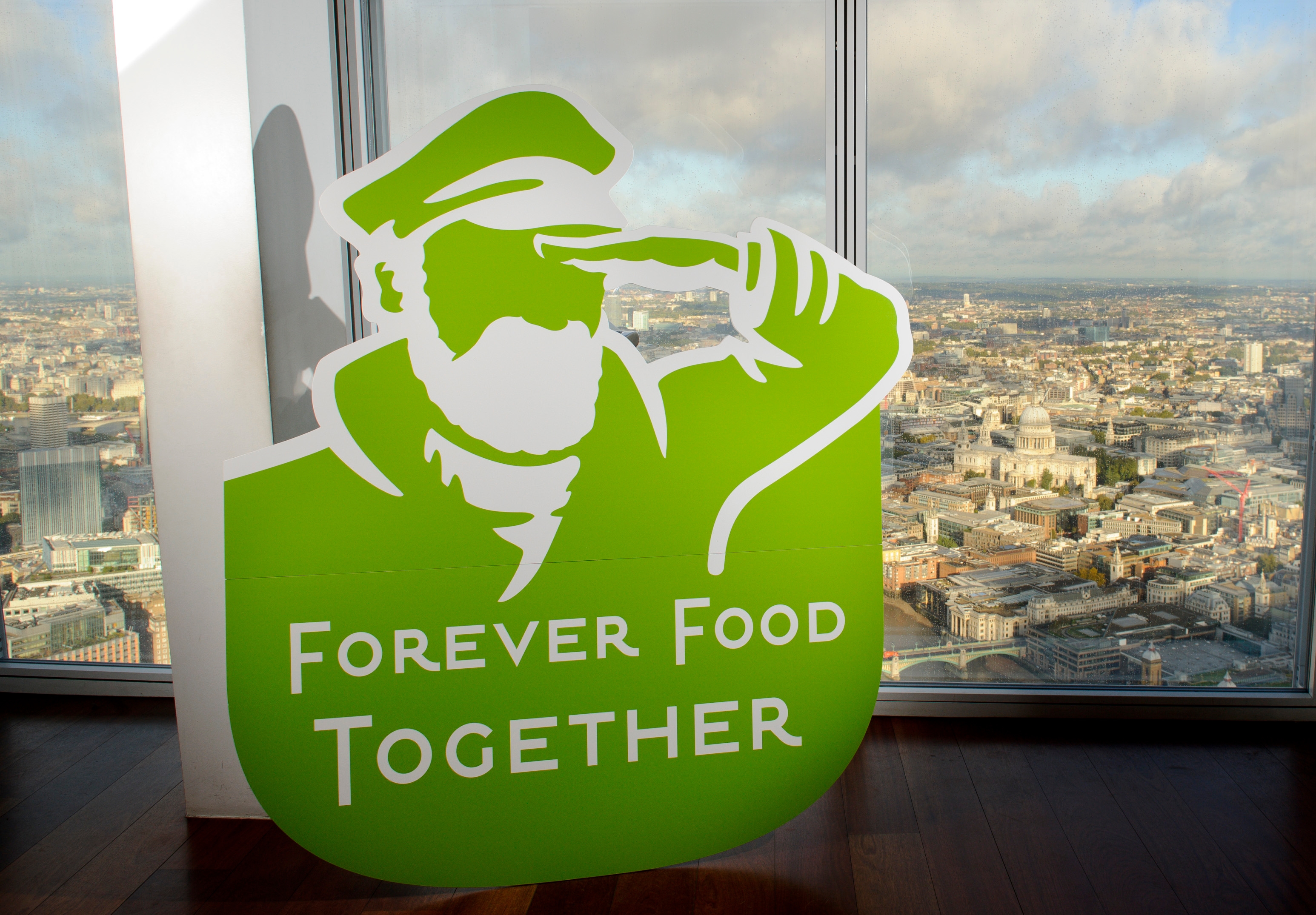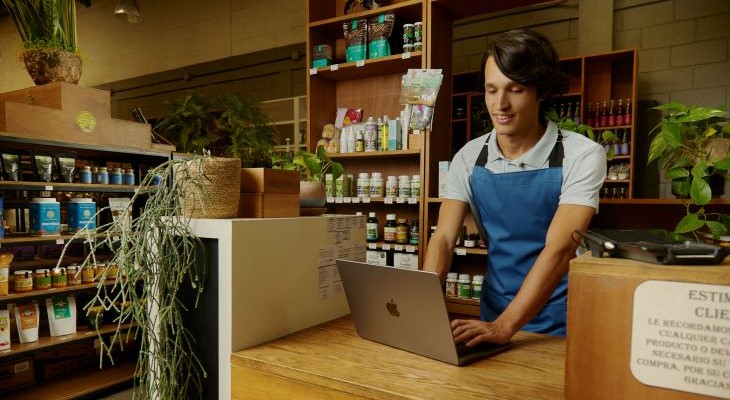 In an industry such as the consumer industry that handles approx. 3 billion parcels each year, collaborative logistics management has an directly measurable impact in terms of efficiency and sustainability. According to data presented yesterday at the conference “Collaborative logistics: an increasingly strategic lever” organised in Milan by GS1 Italy | Indicod-Ecr the potential savings in the entire consumer supply chain with efficient loading units and trip saturation close to 100% is approximately 750 million euros with 600 million kilometres travelled less and a reduction in CO2 emissions of 47%, equal to 510 thousand tonnes per year.
In an industry such as the consumer industry that handles approx. 3 billion parcels each year, collaborative logistics management has an directly measurable impact in terms of efficiency and sustainability. According to data presented yesterday at the conference “Collaborative logistics: an increasingly strategic lever” organised in Milan by GS1 Italy | Indicod-Ecr the potential savings in the entire consumer supply chain with efficient loading units and trip saturation close to 100% is approximately 750 million euros with 600 million kilometres travelled less and a reduction in CO2 emissions of 47%, equal to 510 thousand tonnes per year.
Results that recognise in loading unit efficiency and vehicle saturation the two “collaborative” levers on which the Italian consumer supply chain must focus if it wants to further reduce the industry-distribution system costs, to the benefit of the consumer.
“These are important numbers for consumer companies and for the entire national system”, said Stefano Agostini, Chairman and CEO of Sanpellegrino Nestlé Waters and Director of GS1 Italy | Indicod-Ecr, in his opening speech. “A change of mentality is, however, necessary, we must also have the courage to change and the only way is to discuss with the customer, with the consumer”.
These numbers also summarise the value of supply chain collaboration in logistics and are a reminder of the much wider benefits which, according to Daniel Corsten, Professor at the IE Business School in Madrid, the Italian consumer industry could reap from good Ecr practices to overcome the fragmentation that characterises it. As long as their implementation, says Corsten, is based on a solid alignment of objectives and sound coordination mechanisms.
“Supply chain collaboration in fact requires the company perimeter to be overcome”, said Silvia Scalia, Ecr Coordinator for Italy of GS1 Italy | Indicod – Ecr”and the adoption of models for sharing processes among all industry players. Principles that have always been adopted by the companies participating in Ecr Italy, making the implementation of innovative solutions and operational tools that we are presenting today possible and that will facilitate good practices in collaborative logistics”.
The reference is to the results of the research activities that Ecr Italy has carried out in collaboration with University centres represented by Fabrizio Dallari, Director of the Research Centre on Logistics at the LIUC Cattaneo University, and by Gino Marchet, Professor of Logistics at the Politecnico di Milano:
- Mapping of logistics flows: a study of the phenomena that characterise the logistics of the Italian consumer system and a photograph of the logistics flows and their morphology, the quantification of their size a specific analysis on the saturation of vehicles, both in plan and in volume.
- Analysis of the costs of non-optimisation: a quantification of the costs of the order to delivery process which highlighted the cost differentials between different logistic practices and reorder models, and has produced a veritable Simulator of Optimal Industry Reordering – SIRIO. – a tool to estimate the cost differential between different reordering hypotheses for a given product.
- Logistics atlas: an updated geographical map and a survey of the main logistics hubs – over 1,000 distribution and storage centres of consumer food goods managed by logistics operators in Italy, with the objective of providing an overview of the national distribution network and highlighting opportunities for optimisation along the supply chain and in transport and asset sharing.

